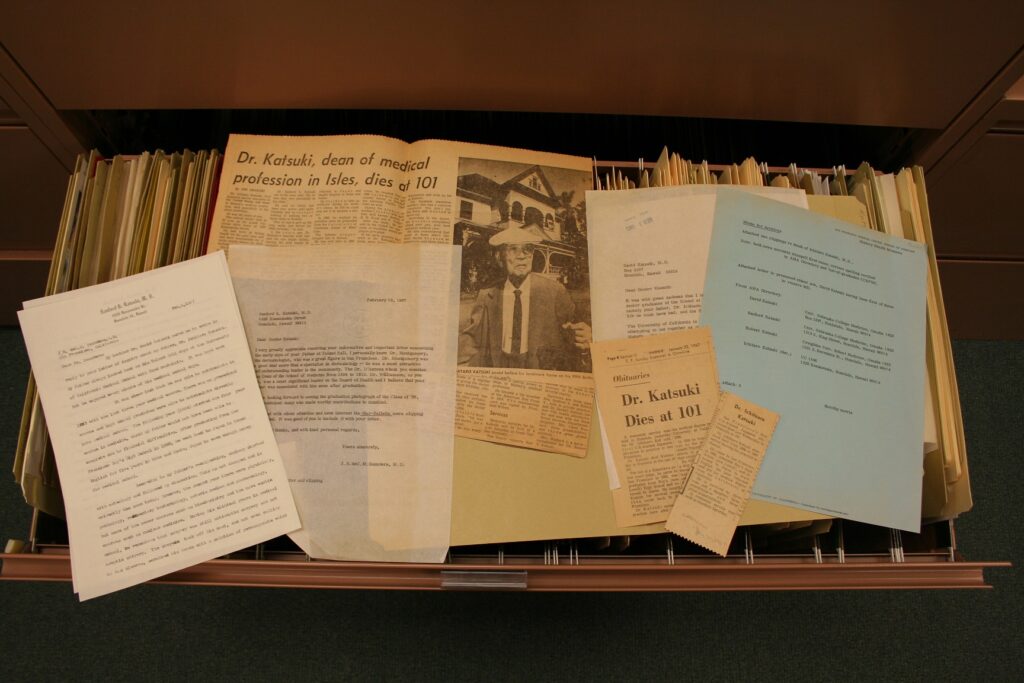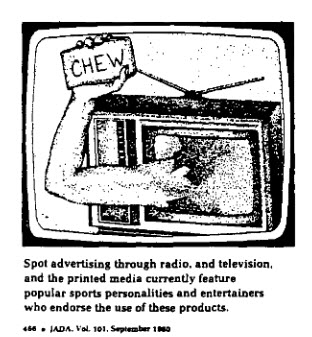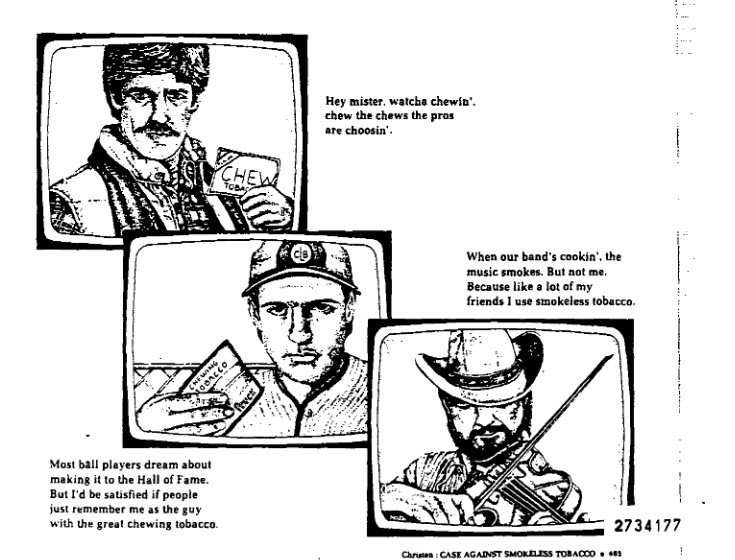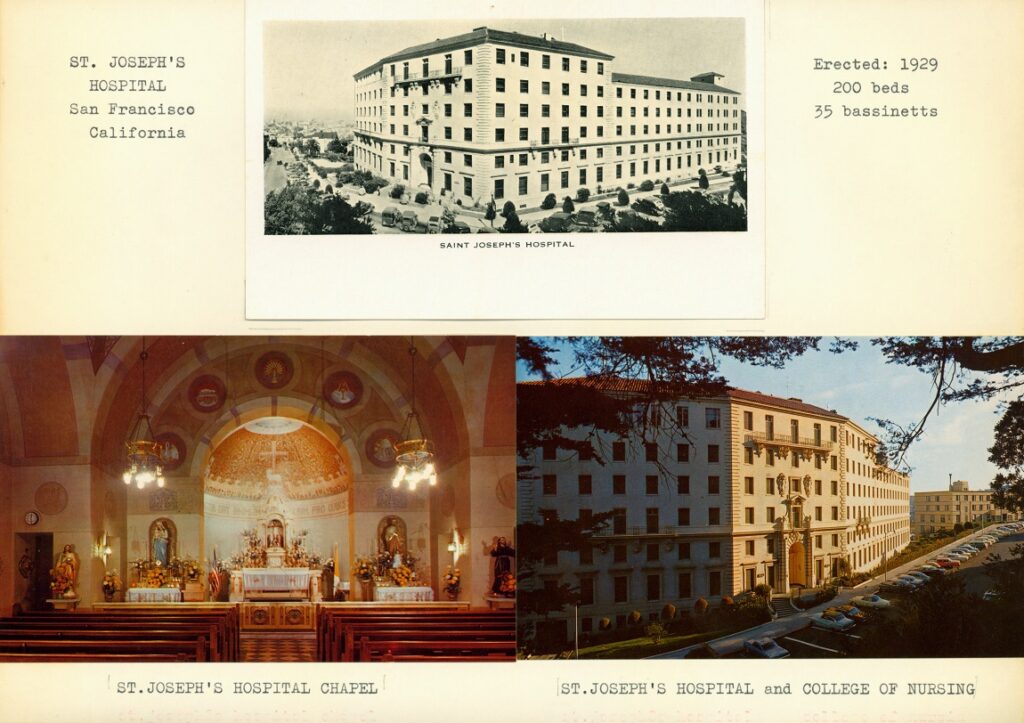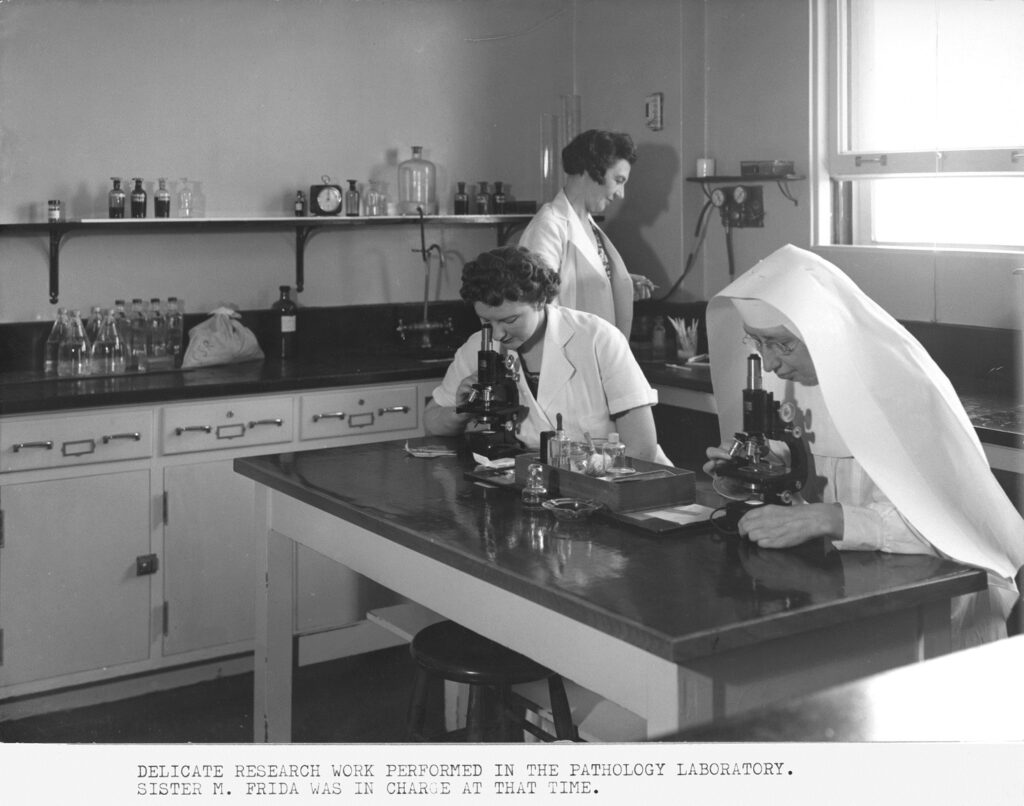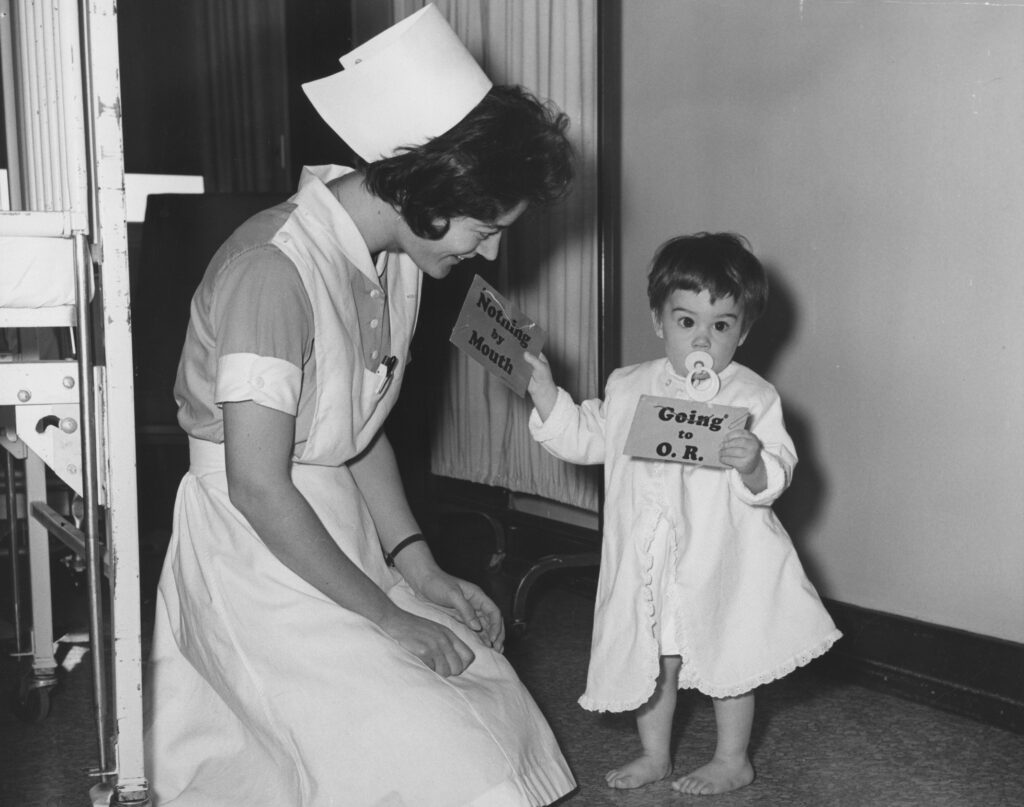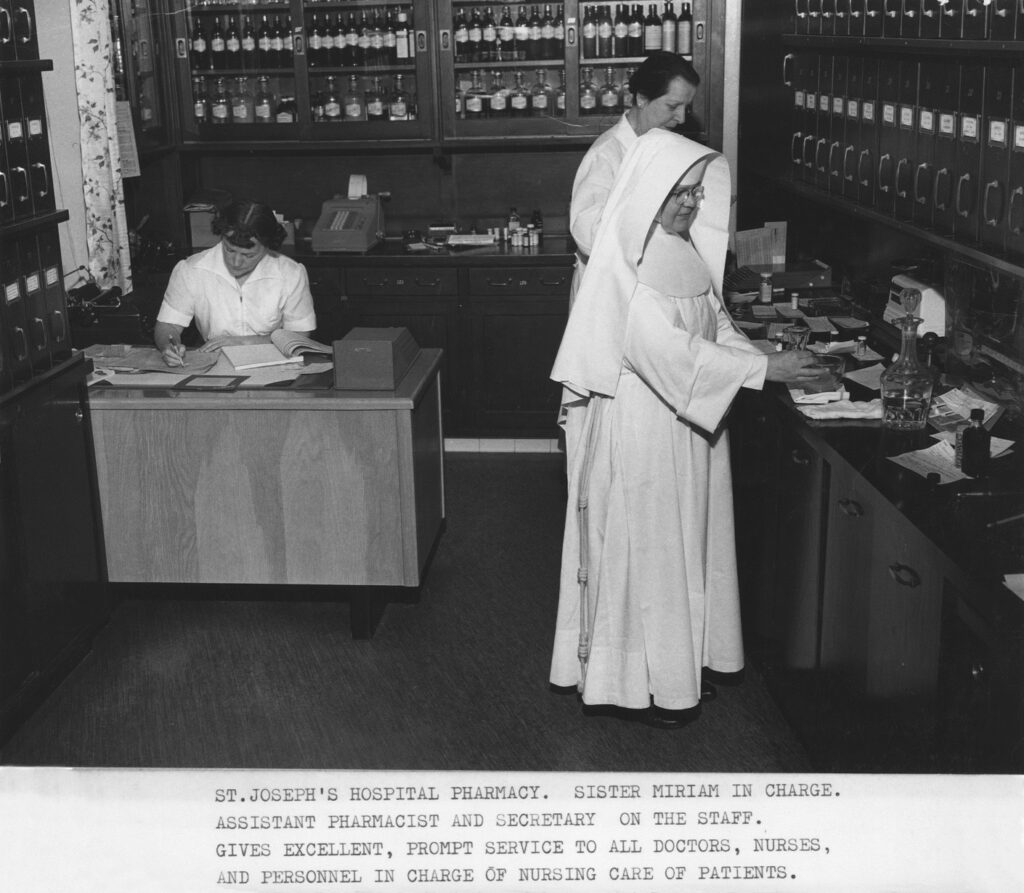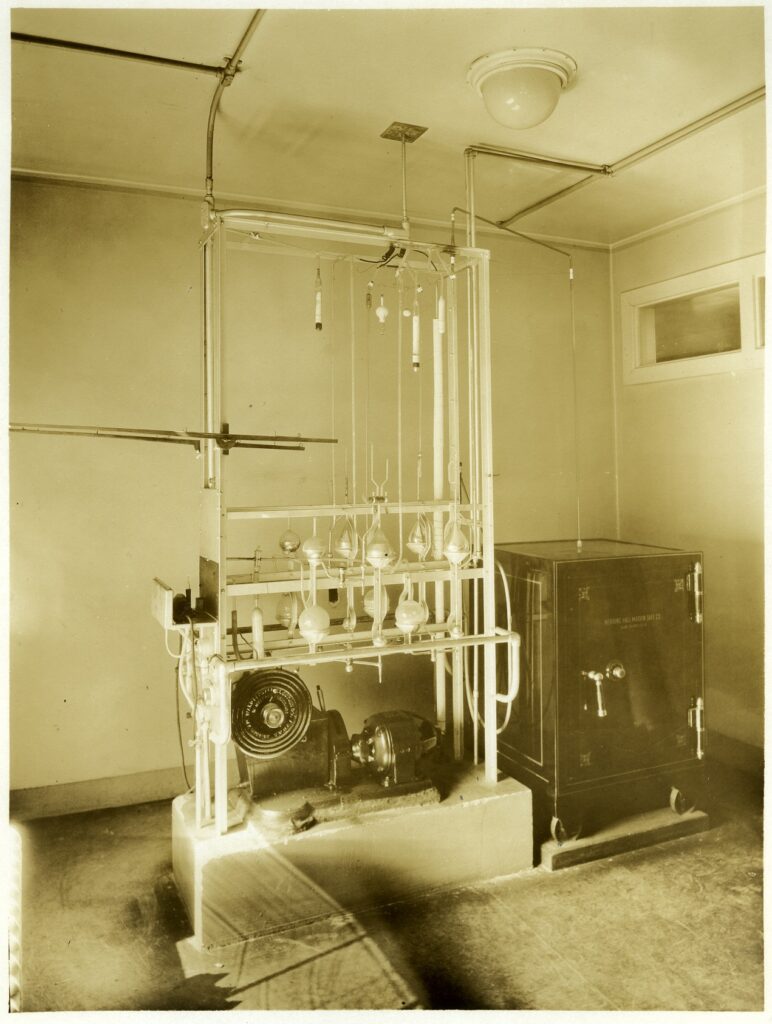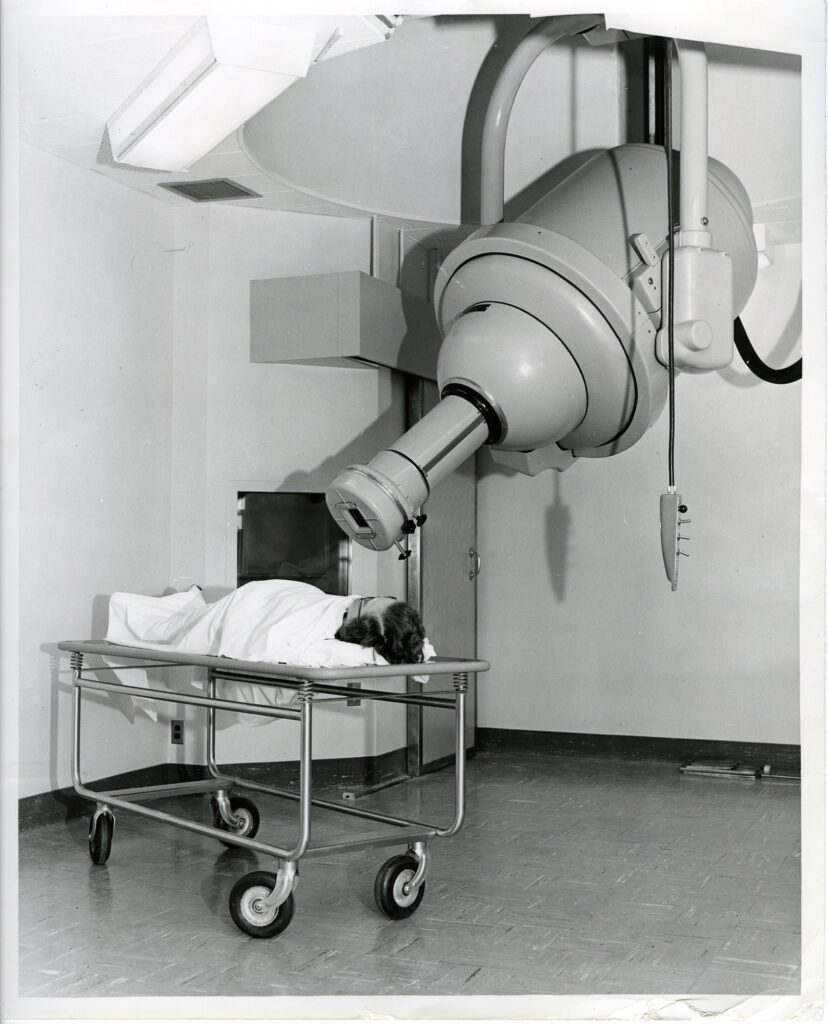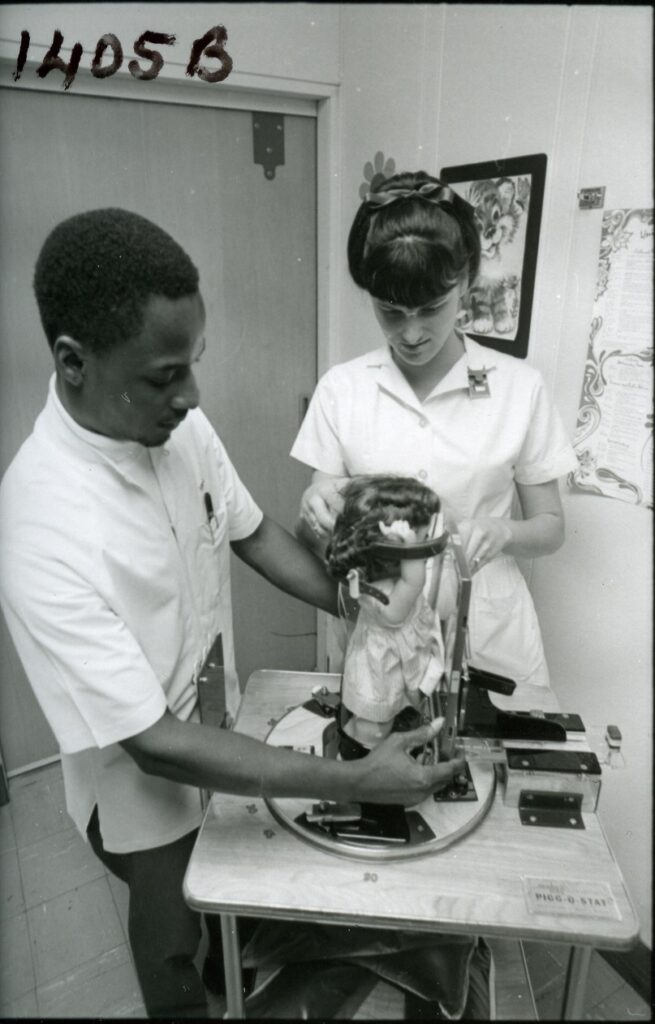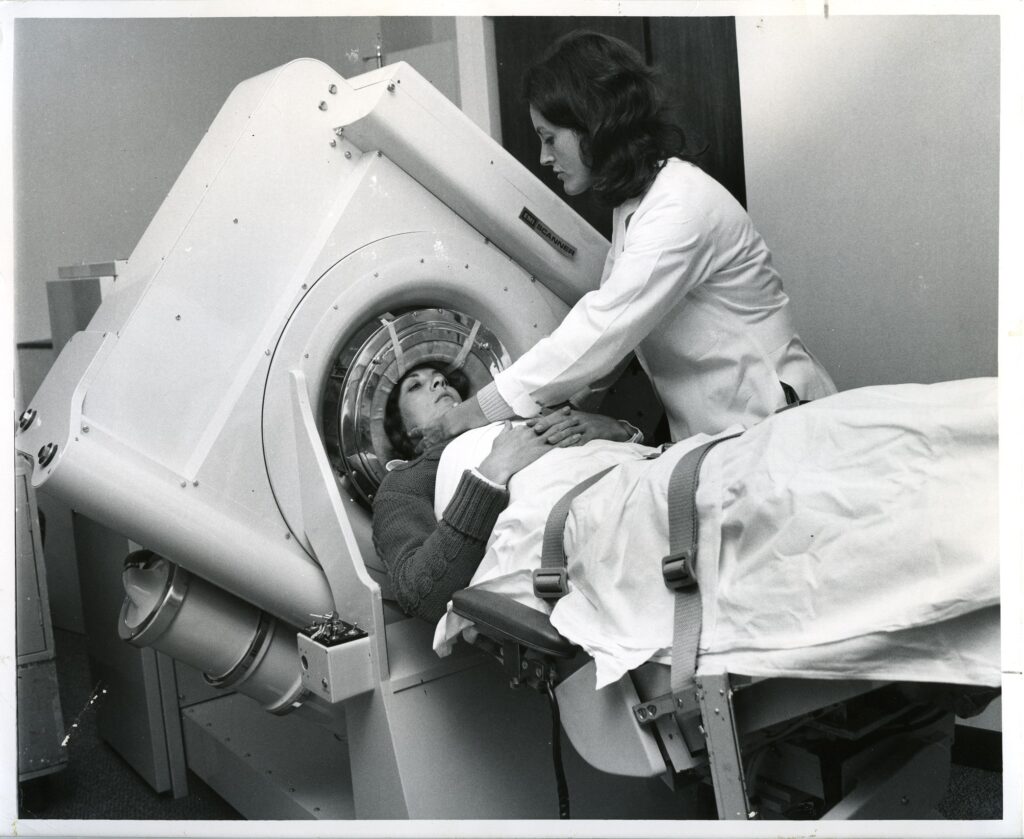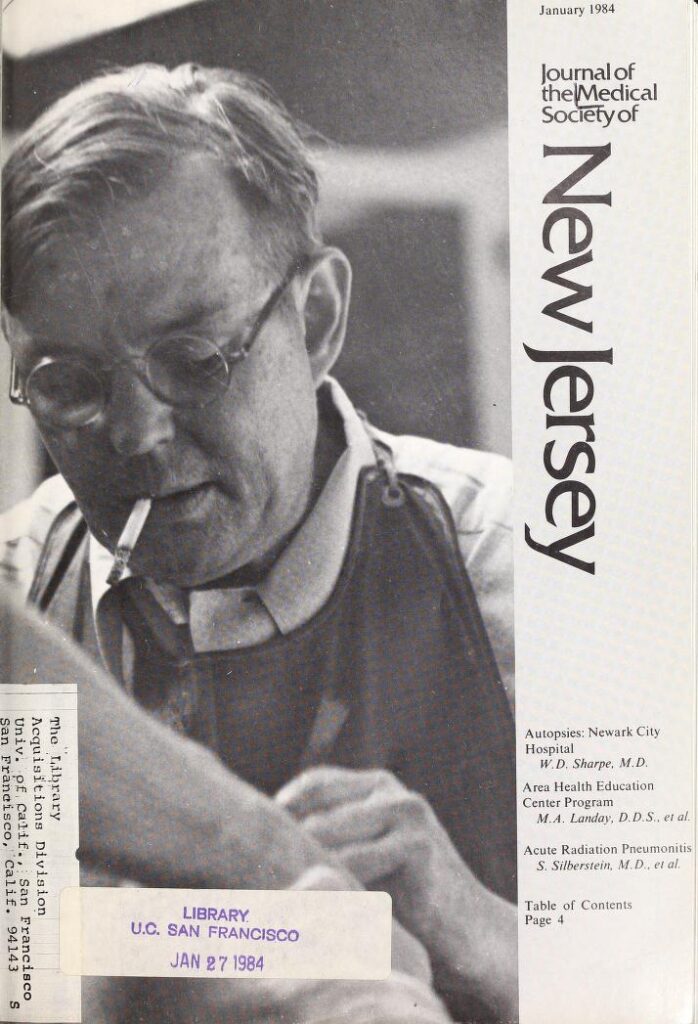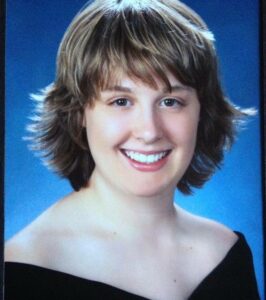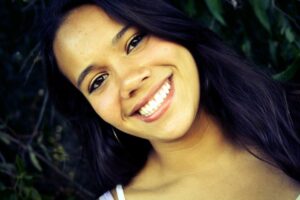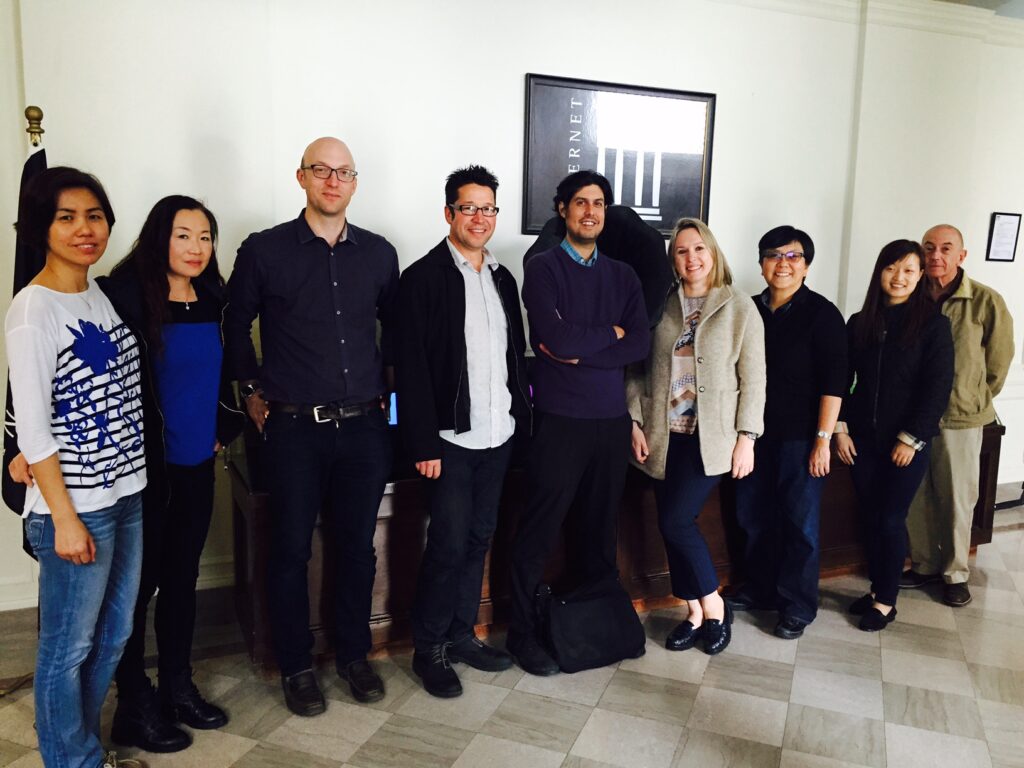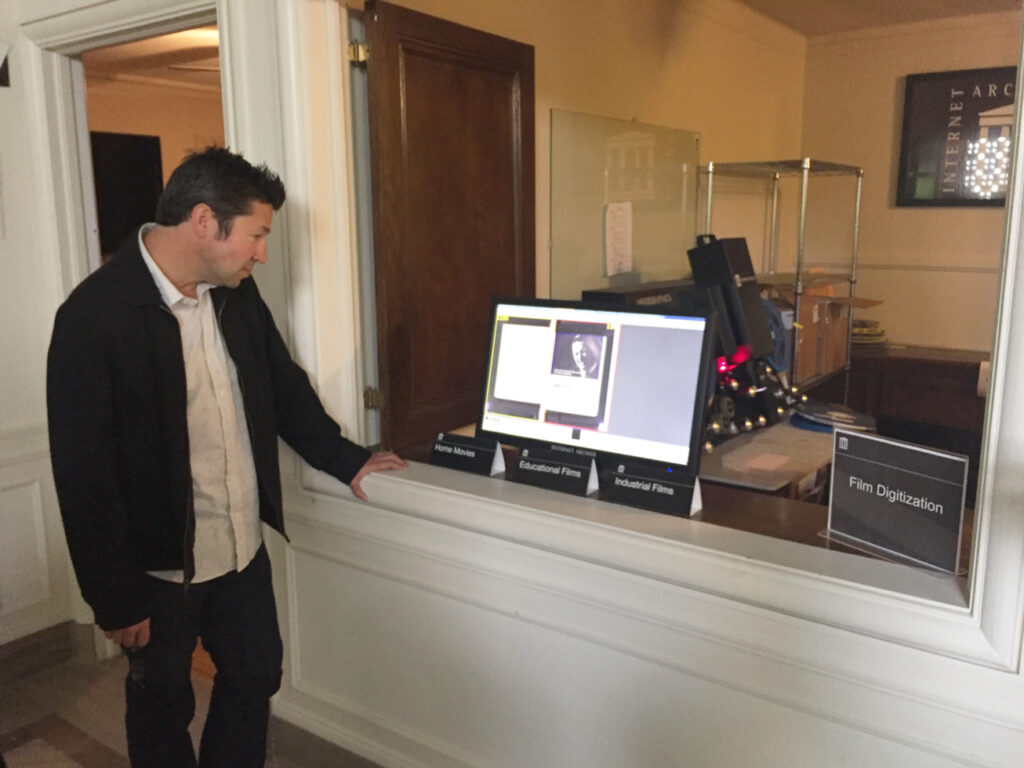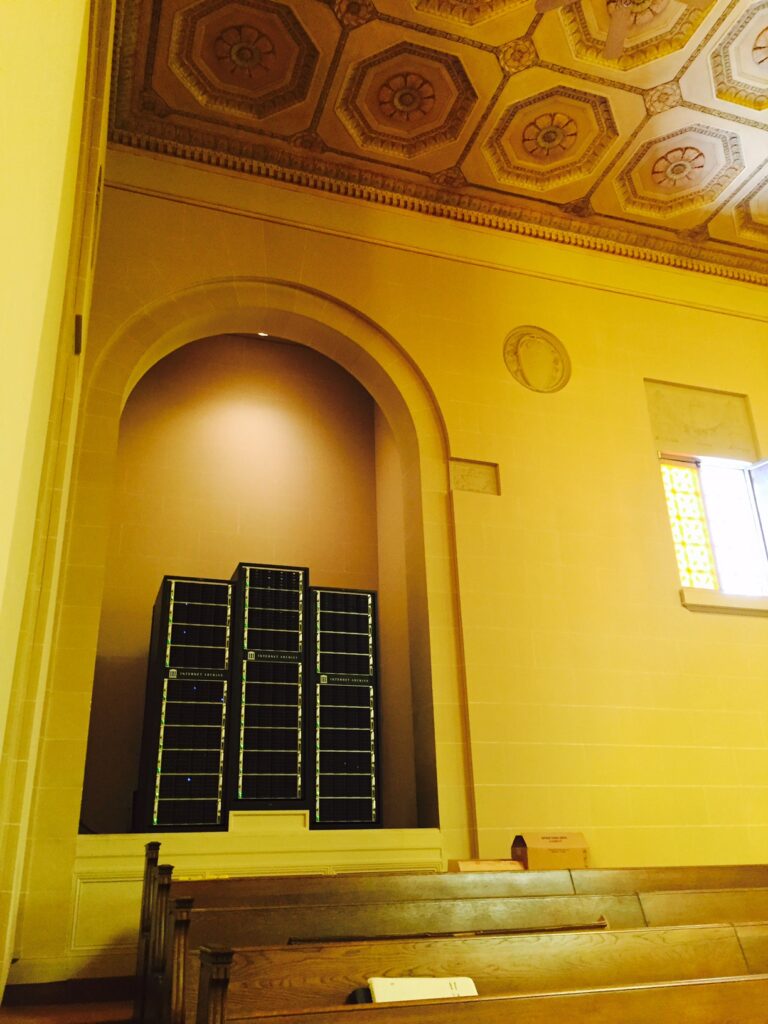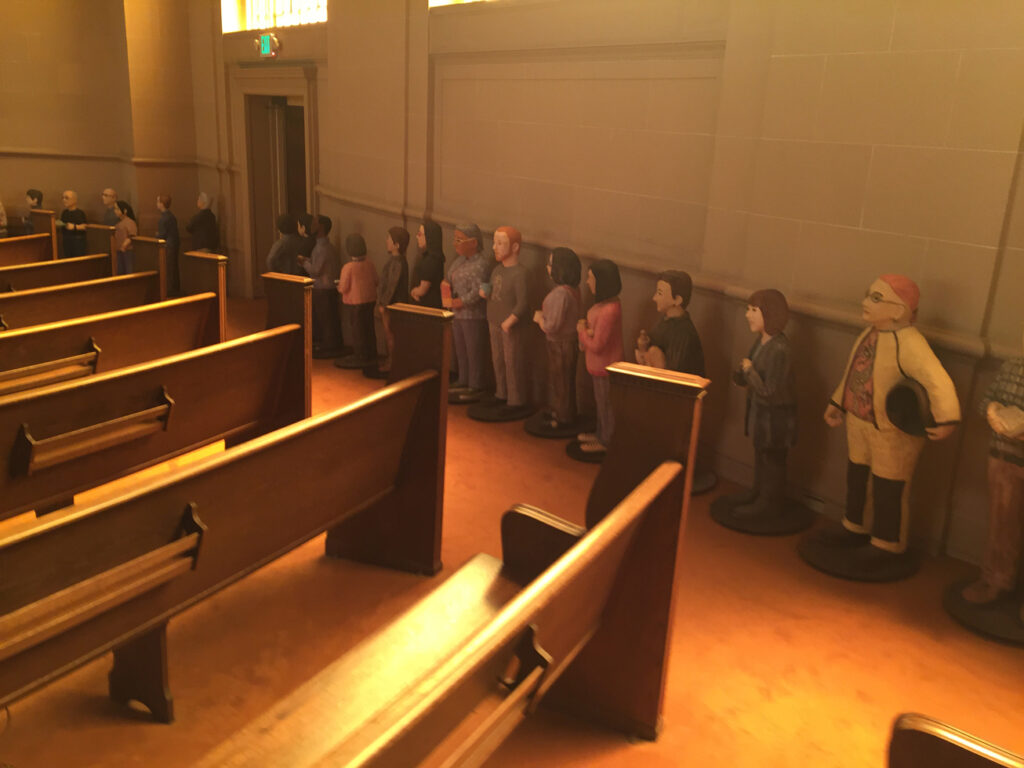
UCSF Digital Archivist Charlie Macquarie
In the increasingly digital world when the majority of scholarly output comes in a digital format or is being digitized for ease of access, the UCSF Archives & Special Collection has been working the past 20 years on digitizing its holdings and building digital collections. However, now that the number of born-digital materials produced by UCSF faculty and researchers as well as outside donors is growing exponentially, there is a need to establish a Digital Archives Program within our department.
I’m happy to introduce our first recently hired Digital Archivist, Charlie Macquarie who will lead this program.
Charlie is an archivist, artist, and experimental librarian. Born in the Bay Area, he grew up in Carson City, NV and considers himself a Nevadan at heart. Charlie received his undergraduate degree in English from Lewis & Clark College in Portland, OR, and his graduate degree in Information and Library Science from Pratt Institute in New York, NY. Employed most recently as a digital archivist at UC Berkeley’s Bancroft Library, Charlie has worked as a library and information professional at a variety of institutions, including Columbia University, the New York City Transit Authority, and the little old Carson High School library.
Charlie is also interested in using libraries and the opportunities of digital information creatively as a lens to examine possible expansions of the commons within the public consciousness, and to remind people of the power of shared ownership in an increasingly privatized world. As part of this, he has a creative practice that takes the form of the Library of Approximate Location — an ongoing itinerant project engaging with the confounding nature of environmental materiality and its disparate networks and landscapes in the Western United States through the installation of small scale, site-specific libraries. He is also a library research fellow and librarian in residence at the Prelinger Library.
He loves trains, bicycles, and heavy metal music.


